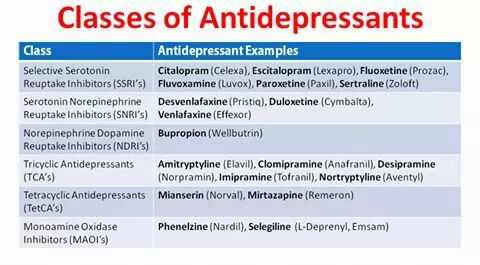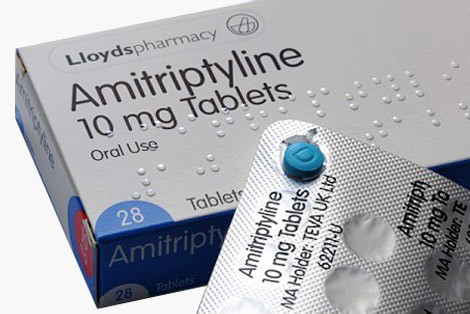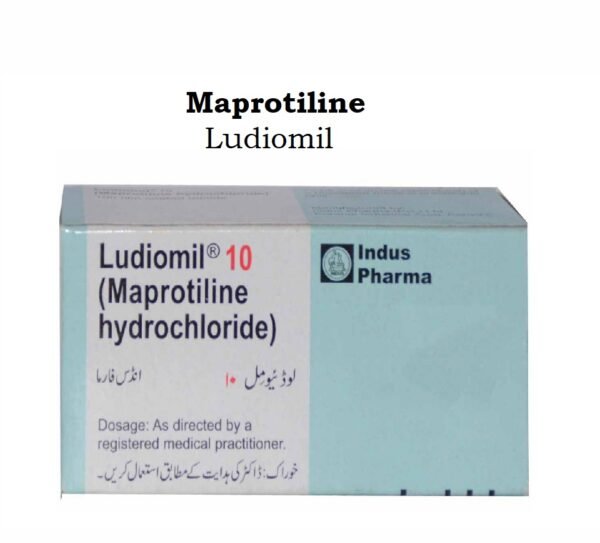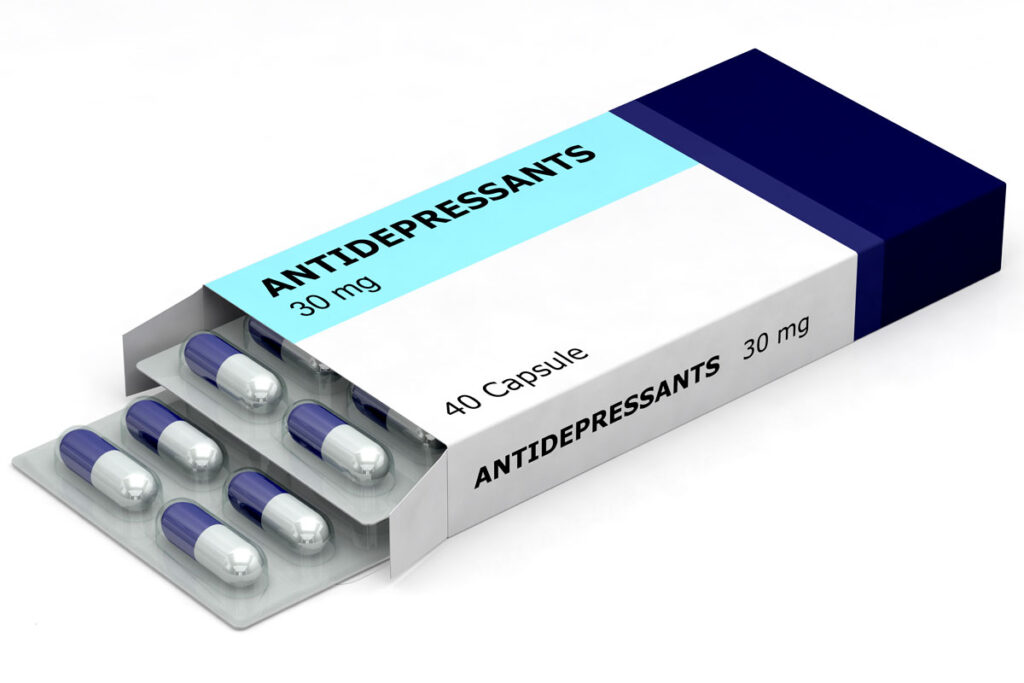Table of Contents
ToggleAntidepressants
Antidepressants are a type of medicine used to treat clinical depression.
Antidepressants are a class of medications used to treat major
depressive disorder, anxiety disorders, chronic pain, and addiction.
They are known as mood elevators. The first antidepressant drug to be discovered was a monoamine oxidase inhibitor by Crane (1957) and Kline (1958).
Depression, or major depressive disorder, is characterized by feelings of extreme sadness and hopelessness.
A patient may experience episodes that last for several days or even weeks.
Mechanism / Mode of action
Anti depressants acts by preventing the re-uptake of amines/ neurotransmitters involved here are serotonin and nor adrenaline. There is reduced production of these neurotransmitters are prevented, there by building up their quantities to the normal body level resulting into good clinical effect. Anti-depressants commonly take 2-3weeks before their effects are realized.
They are generally indicated in the following;
Depression like:
- Psychotic depression (major depression)
- Agitated depression.
- Neurotic depression.
- Reactive depression.
- Atypical depression.
- Suicidal tendencies.
- Unipolar depression.
N.B: can also be used in alcoholism.
- Sleeping disorders i.e. specifically can be used in early morning awakening here he feels unrefreshed in mind, lack of energy, in morning, he feels weak to wake up i.e. diurnal variation.
- Eating disorders i.e. anorexia nervosa; here they have appetite but deliberately refuses to eat bulimia nervosa- excessive eating.
- Chronic body complaints without pathology.
- Nocturnal enuresis: bedwetting, if this follows no pathology i.e. physical, anti-depressants can be used in small doses.
- Panic disorder.
- Agora phobia, social phobia, school phobia.
- Obsessive-compulsive disorder with or without depression.
- Migraine headache.
- Attention deficit disorder.

Classes of Antidepressants
- Selective Serotonin Re-uptake Inhibitors.(SNRI’s)
- Tricyclic Antidepressants.(TCA’s)
- Tetracyclic Antidepressants.(TetCA’s)
- Monoamine Oxidase Inhibitors.(MAOI’s)
- Serotonin Norepinephrine Reuptake Inhibitors.(SNRI’s)
SELECTIVE SEROTONIN RE-UPTAKE INHIBITORS (SSRI’s)
These are antidepressants which target specific neurotransmitter receptor i.e. serotonin, and works on those without causing cholinergic effects. They are much safe to be used as they cause less side effects compared to other antidepressants.
- Fluoxetine (Prozac).
Dose: 20mg-60mg, o.d/ mane. (‘mane’ stands for morning)
Indications
- Obsessive compulsive disorder.
- Depression.
- Premenstrual dysphoric disorder.
- Bulimia nervosa.
Side effect
- Nausea
- Weight loss
- Agitation.
- Dryness of the mouth
- Constipation
- Insomnia
- Headache
- Sexual dysfunction
- Nervousness.
Contraindications
- Hepatic/renal disease
- Pregnancy
- Paroxetine (Paxil, Aropax)
Dosage: 20mg-60mg o.d/nocte. ( ‘nocte’ stands for night)
Indications:
- Depression
- Anxiety
- OCD
- PTSD
- Social phobia
- Panic disorder.
Side effects
- Sedation.
- Dryness of mouth
- Constipation.
Contra indication:
As for fluoxetine.
- Sertraline (Zoloft).
Dosage: 50-200mg/day
Indications:
- PTSD
- OCD
- Depression
- Panic disorders
- Premature ejaculation.
- Premenstrual dysphoric disorder.
Side effects
- Nausea
- Anorexia
- Diarrhea.
Contra indications
- As for fluoxetine.
TRICYCLIC ANTIDEPRESSANTS (TCA’s)
MODE OF ACTION
They are well absorbed by mouth. Act by increasing the availability of the biogenic amine neurotransmitters. Noradrenaline and 5-hydroxytryptamine (5-HT) in the synaptic cleft through blocking their re-uptake into the pre-synaptic neuron. TCAS have along half-life; they are therapeutically effective if given once a day. The onset of their antidepressant action is relatively slow and variable, 2-4 weeks elapsing before any noticeable improvement in mood occurs.
Examples:

- Amitriptyline (laroxyl)
It is tricyclic with high sedating properties. It is usually started in smaller doses and keeps on increasing. It is usually given as a single dose. Dosage: 25-75mg nocte. Maximum dose up to 200mg nocte. It is a very good anti depressant in agitated depression i.e. with restlessness.
2. Imipramine (tofranil)
It is a tricyclic with less sedating property. The dose is the same as that of amitriptyline. It is a very good drug for depressive patients with psychomotor retardation.
3. Clomipramine (Anafranil)
It is mainly indicated in obsessive compulsive neurosis with an underlying depression.
Dose: 50mg, increase gradually up to 250mg nocte.
TETRACYCLIC ANTIDEPRESSANTS.(TetCA’s)
Example:

Maprotiline( ludiomil)
A tetracyclic antidepressant with an advantage of working on
- Agitated and retarded depression.
Dose: 50mg-75mg b.d or tds in 24hrs or day
Side effects of tricyclics and tetracyclics:
- Causes mania.
- Mild postural hypotension (orthostatic hypotension)
- Tarchycardia.
- Cardiac arrhythmias
- May cause heart block
- Sedation
- Dry mouth
- Nausea & vomiting
- Constipation.
- Weight gain
- Bone marrow depression
- Blurred vision
- Urticaria (rash)
- Sexual dysfunction
- Anti-histamininic: sedation and weight gain
- Anti-cholinergic: dry mouth, dry eyes, constipation
- Anti-adrenergic: orthostatic hypotension, sedation, sexual dysfunction
MONO AMINE OXIDASE INHIBITORS (MAOI).
The earliest antidepressant, but currently rarely used due to its gross side effect, and has been replaced by tricyclic and serotonin selective re-up take inhibitors.
INDICATIONS
It is indicated in depressive- neurosis, anxiety, phobic states, depressive illness which had failed to respond to other therapies.
It works by increasing the concentration of monoamines especially the nor adrenaline and serotonin.

- Phenelzine ( Nardil)
Dosage: 15mg- 30mg bid /tds –maximum dose 60mg in 24hours.
Indications:
- Anxiety states.
- Obsessive compulsive disorder.
Side effects:
- Weight gain.
- Hypotension.
- Oedema.
- Nervousness
Contra –indications:
- Diabetes
- CVS disease.
- Liver disease.
- Iso carboxazide(Marplan)
Dosage: 20mg-60mg single or divided doses.
Indications
As for phenelzine.
Side effects:
- Weight loss
- Hypotension.
- Drowsiness
- Sexual dysfunction.
- Mania
- Jaundice
- Nausea
Contra indications
As for phenelzine.
- Tranyl (cypromine ‘’parnate’’).
Dosage: 20mg-40mg bid
Side effects:
- Insomnia
- Weight gain but less common
Contra indications
As for phenelzine.
Mono-amine oxidase inhibitors (MAOI) interact with certain foods and drugs. These drugs interact with some foods and drugs to cause the following:
Hypertensive crisis: this is usually life threatening (fatal). This is usually caused by the MAOI combining with a substance called tyramine which is usually found in certain foods e.g. cheese, yeast extracts like wine, smoked fish, beans with broad pods, avocado, left over food which is decomposing.
Drugs
- Amphetamine.
- Barbiturates.
- Ephedrine
- Phenytoin
- Tricyclic anti- depressants
Note: Anti-depressants be given to the patients for 6months after improvement i.e. if has been on treatment for 3months and improves, now count 6months ahead without defaulting the treatment.
SEROTONIN NORADRENALINE REUPTAKE INHIBITORS.(SNRI’s)
These work by affecting chemical messengers(neurotransmitters) used to communicate between brain cells, hence regulating mood and relieving depression.
Examples
- Duloxetine
- Venlafaxine
Duloxetine ( Cymbalta, Yentreve)
Duloxetine is a type of antidepressant medicine known as a serotonin-noradrenaline reuptake inhibitor tha are thought to work by increasing the amount of mood-enhancing chemicals, serotonin and noradrenaline, in your brain.
Dose: the starting dose is 60mg, taken once a day and this can be increased to 120mg, taken once a day
Indications
- depression
- anxiety.
- nerve pain such as fibromyalgia,
- used to treat stress
- urinary incontinence in women.
Side effects
- Difficulty sleeping
- Headaches
- Feeling dizzy
- Blurred vision
- Constipation
- Diarrhoea
- Feeling or being sick
- (nausea or vomiting)
- Dry mouth
- Sweating
- Tiredness
- Less appetite than usual and weight loss
- Feeling less interested in sex, or having problems keeping an erection or reaching orgasm
CONTRA INDICATIONS
- A bleeding disorder.
- Type 1 diabetes or type 2 diabetes.
- Epilepsy – SSRIs should only be taken if your epilepsy is well controlled, and the medicine should be stopped if the epilepsy gets worse.
- kidney disease.
- heart problems, or a thyroid disorder.
- Have glaucoma.
- Have a liver disease.
- Have a history of seizures.



Mechanism of action for Tetracycline antidepressants
Tricyclic antidepressants (TCAs) work by inhibiting the reuptake of neurotransmitters such as serotonin and norepinephrine in the brain. This leads to increased levels of these neurotransmitters in the synaptic cleft, which helps to improve mood and alleviate depressive symptoms.
TCAs primarily block the reuptake pumps, or transporters, responsible for removing serotonin and norepinephrine from the synaptic cleft back into the presynaptic neuron. By blocking these transporters, TCAs increase the concentration of these neurotransmitters in the synapse, allowing for enhanced transmission of signals between neurons.
Additionally, TCAs also have antagonist effects on various receptors, including histamine receptors, alpha-adrenergic receptors, and muscarinic acetylcholine receptors. These receptor-blocking effects contribute to the side effects commonly associated with TCAs, such as sedation, dry mouth, constipation, and blurred vision.
Overall, the mechanism of action of TCAs involves both the inhibition of neurotransmitter reuptake and the modulation of various receptors, leading to increased levels of serotonin and norepinephrine in the brain, which helps to alleviate depressive symptoms.